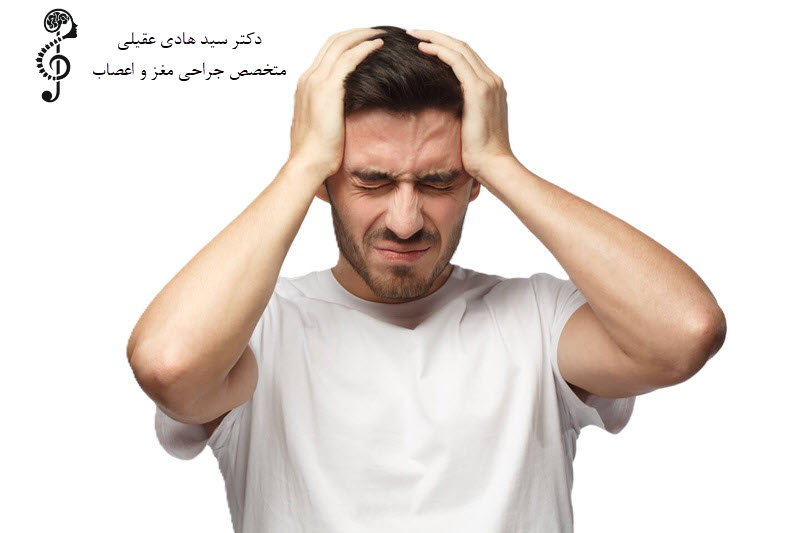5 main causes of headaches and ways to treat headaches.
سردرد یکی از مشکلات شایع پزشکی است که بسیاری از افراد در طول زندگی خود با آن مواجه میشوند. این درد میتواند از خفیف تا شدید و ناتوانکننده متغیر باشد و ممکن است از چند دقیقه تا چند روز طول بکشد. برای درک بهتر سردرد و راههای مقابله با آن، ابتدا باید با علل مختلف سردرد آشنا شویم.
Causes of headache
- Tension headache: It is the most common type of headache and is usually caused by tension in the neck and head muscles. Factors such as stress, anxiety, and fatigue can lead to this type of headache.
- Migraine: A severe, throbbing headache that is usually felt on one side of the head and may be accompanied by nausea, vomiting, and sensitivity to light and sound. The exact cause of migraines is still not fully understood, but chemical changes in the brain and genetic factors may play a role.
What is a migraine?
A migraine is a severe and debilitating headache that is usually accompanied by other symptoms such as nausea, vomiting, and sensitivity to light and sound. This type of headache may last a few hours to a few days and can severely affect a person’s quality of life.
If you experience severe or frequent migraines, consulting a doctor is essential. The doctor can determine the appropriate treatment plan for managing your migraine and also refer you to other specialists if needed.
Ways to deal with headaches
- Rest and relaxation: Lying down in a quiet and dark place can help reduce the severity of the headache. Breathing exercises and meditation can also be effective.
- Fluid intake: Dehydration is one of the common causes of headaches. Consuming enough water during the day can prevent headaches.
- Use of medications: Pain relievers such as ibuprofen, acetaminophen, and naproxen can help reduce pain. In cases of migraine, more specialized drugs may be needed.
Important points about drug use
- Consult your doctor: Always consult your doctor before starting or changing medications. Some medications may interact with other medical conditions or other medications you are taking.
- Treatment tracking: Keeping a diary to record headache type, severity, duration, and triggers can help your doctor prescribe more appropriate treatment.
- Avoiding overuse of medications: Overuse of painkillers can lead to overuse headaches.
- Cold or warm compress: Applying a cold or warm compress on the pain area can help relieve the headache.
- Avoiding triggers: Identifying and avoiding headache triggers such as certain foods, alcohol, and caffeine can be effective.
- Exercise and healthy diet: Regular exercise and healthy diet can help prevent headaches. Physical activity can help reduce stress and improve general health.
- Medical consultation: In case of repeated headaches or severe headaches, it is necessary to consult a doctor. The doctor can diagnose the cause of the headache and suggest the appropriate treatment.
Ultimately, each person may need different methods of headache management. Accurately knowing the type of headache and its triggering factors can help in better management and reducing the frequency and severity of headaches.

The most important symptoms of lumbar disc (8 cases)
The most important symptoms of low disc or disc herniation can be diverse and vary depending on the location and intensity of disc pressure on nearby nerves. Some common symptoms include the following.
For more information about this and treatment or prevention methods, you can read the following article.
Click here to read the desired article.
